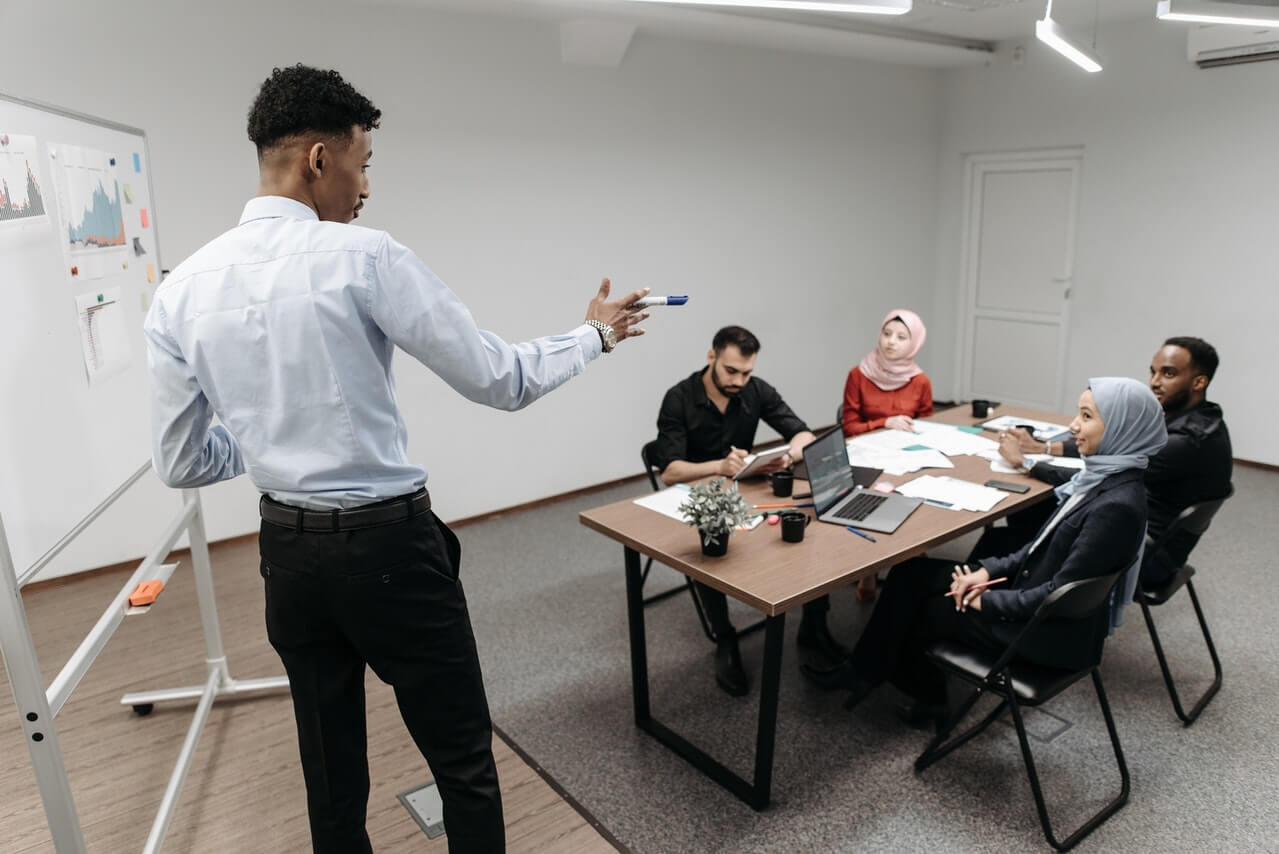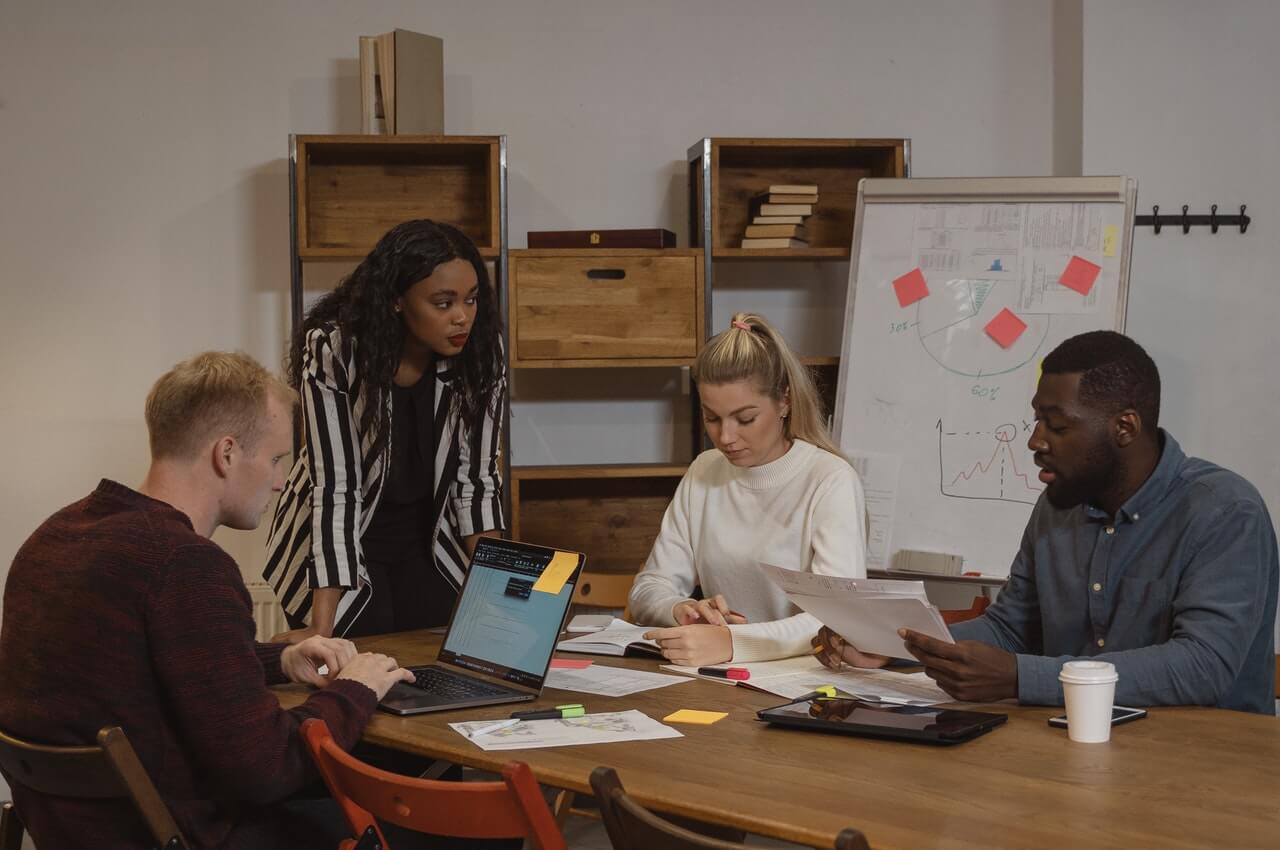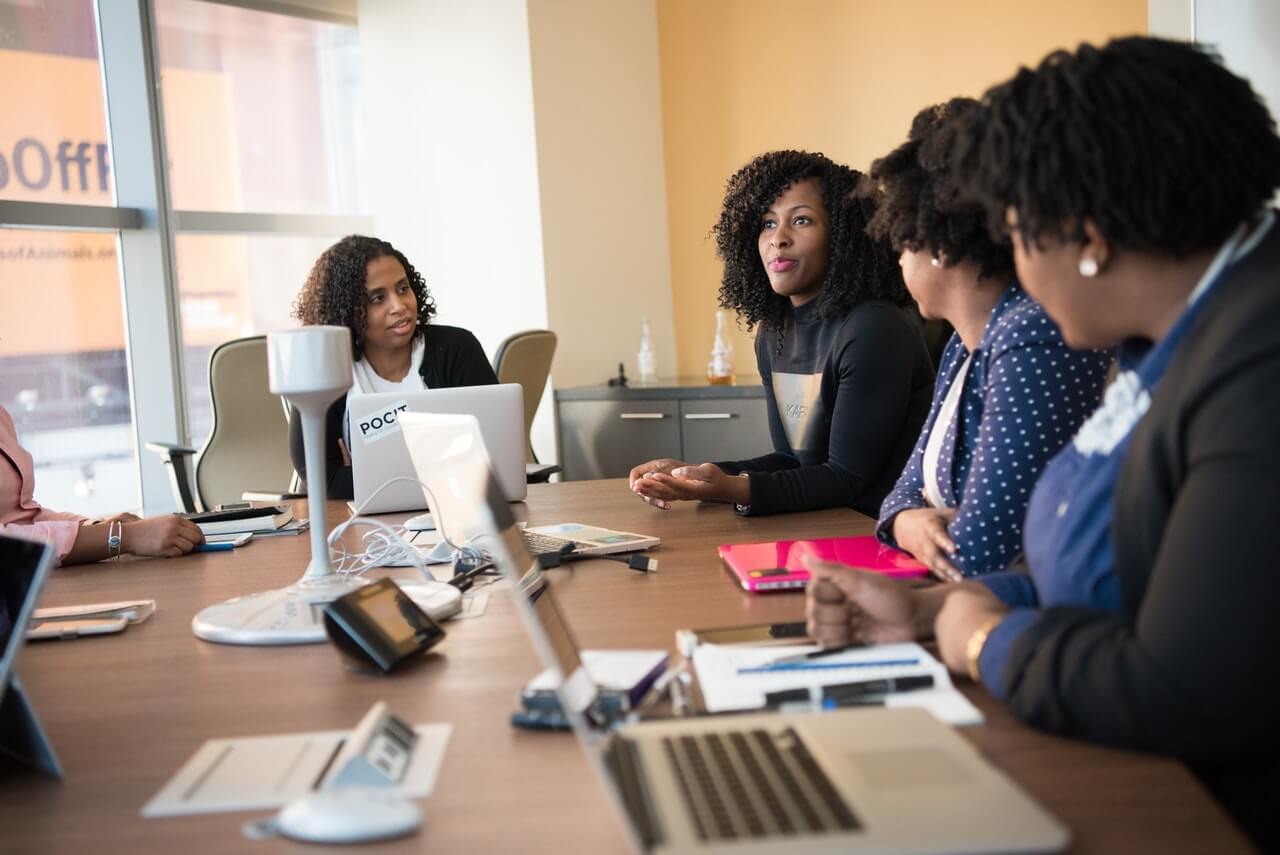To be sure that all board members will do all that’s required of them, the Planning Committee meets with them to outline the board’s role and emphasize that a visible demonstration of the board’s support is essential to “set the example” for potential leaders and donors.
And, as the planning process proceeds, it’s part of the Planning Committee’s job to ensure that the board members make their contributions to the event.
The Planning Committee has ultimate responsibility for the success of an event, as they are the people with the connections who “fill the seats” and “fill the coffers.” In that role, they have the clout (in so much as anyone does) to get the Board members to do what they need to do.
Board member contributions include their dollar support and their participation in the outreach process. That participation can be as minimal as generation of (realistic) lists of names of potential attendees and donors, or as supportive as making substantive contact with likely leaders and major donors.
Board members who made a major gift to the organization earlier in the year can still contribute to the event, but it depends on how you (and they) want to structure their giving, and how open you are about it from the beginning. Springing an event on a board and expecting them to pony up another $5,000, $10,000 or $20,000 will not serve you well.
Frequently board members will make their (pardon the use of the term) “annual gift” early in the fiscal year. Then, they can have their companies match their gifts and have those matches support the event. That way, both the board members and their firms get the much-deserved recognition – the recognition that will make it more likely that they will (want to) participate the next time.
Board Members will do what’s needed when they’re motivated to do so.
=-=-=-=-=-=-=-=-=-=-=-=-=-=
Have a question about creating or expanding your special event? Email me at [email protected]. With over 30 years in conference and event planning, we can help you turn your vision into reality.
=-=-=-=-=-=-=-=-=-=-=-=-=-=
Have you seen Natalie’s ebook on Special Events ??










